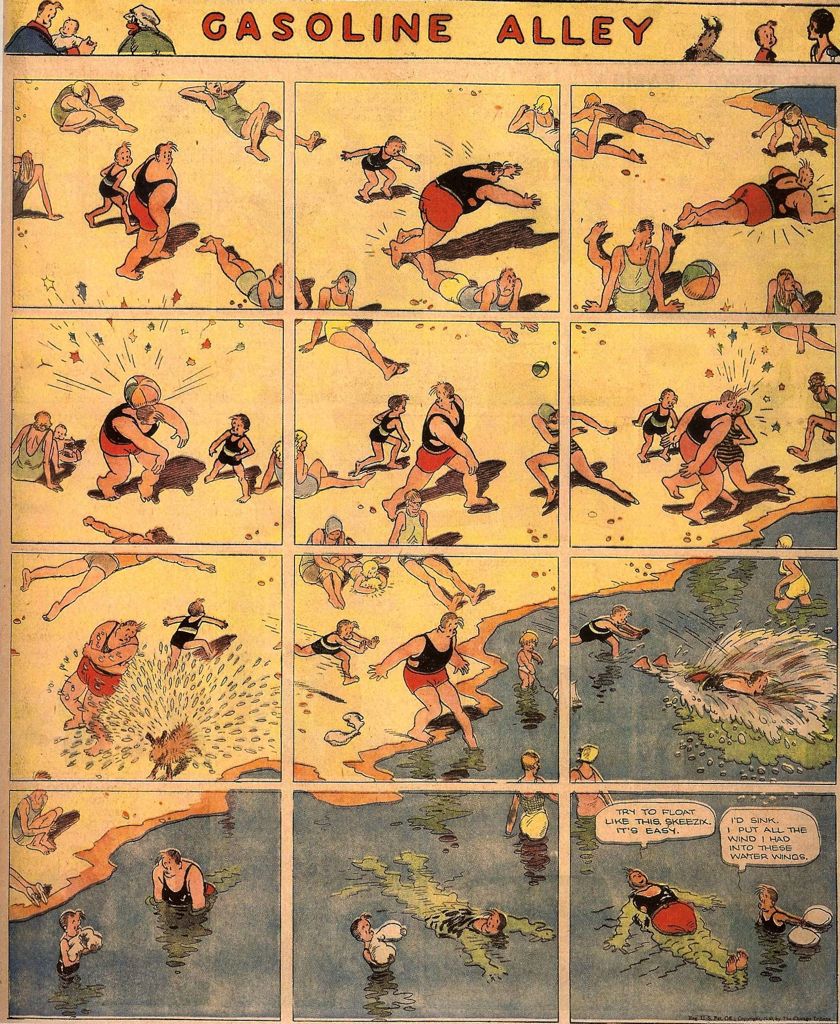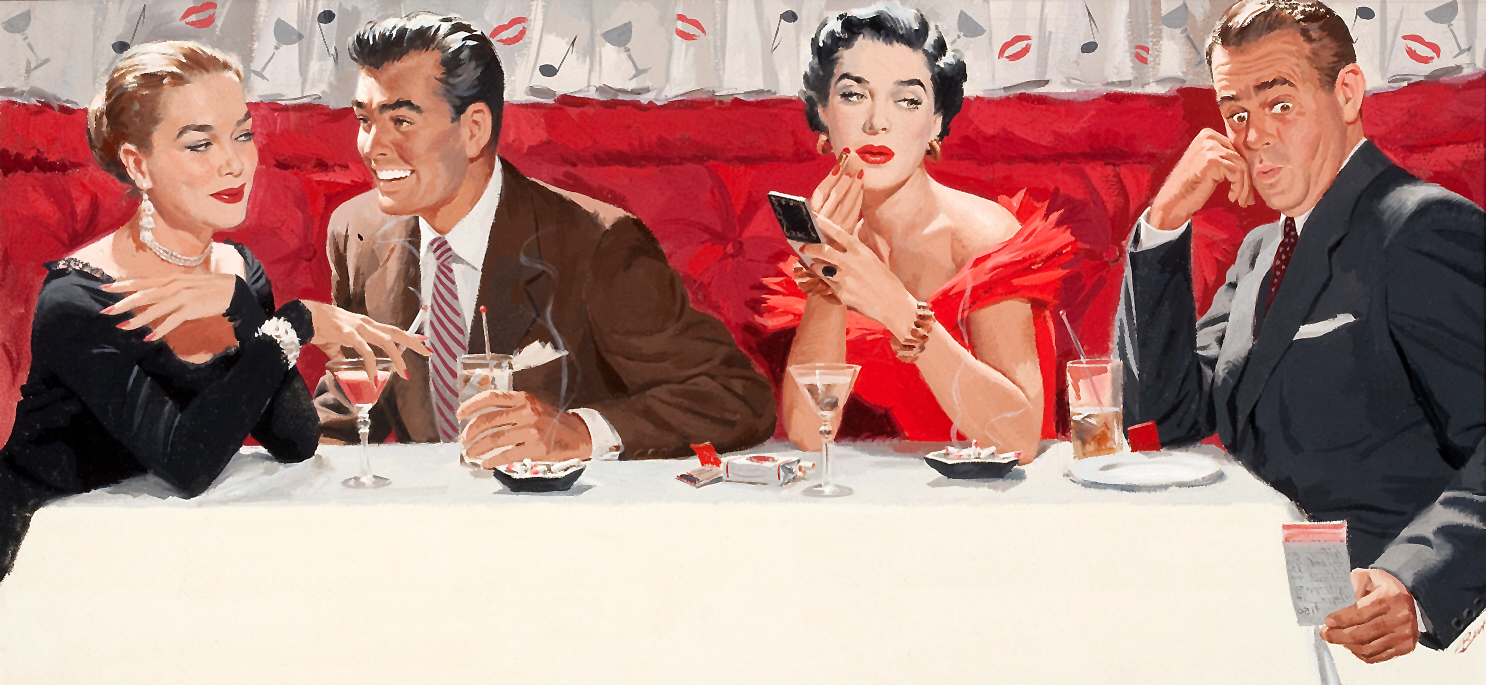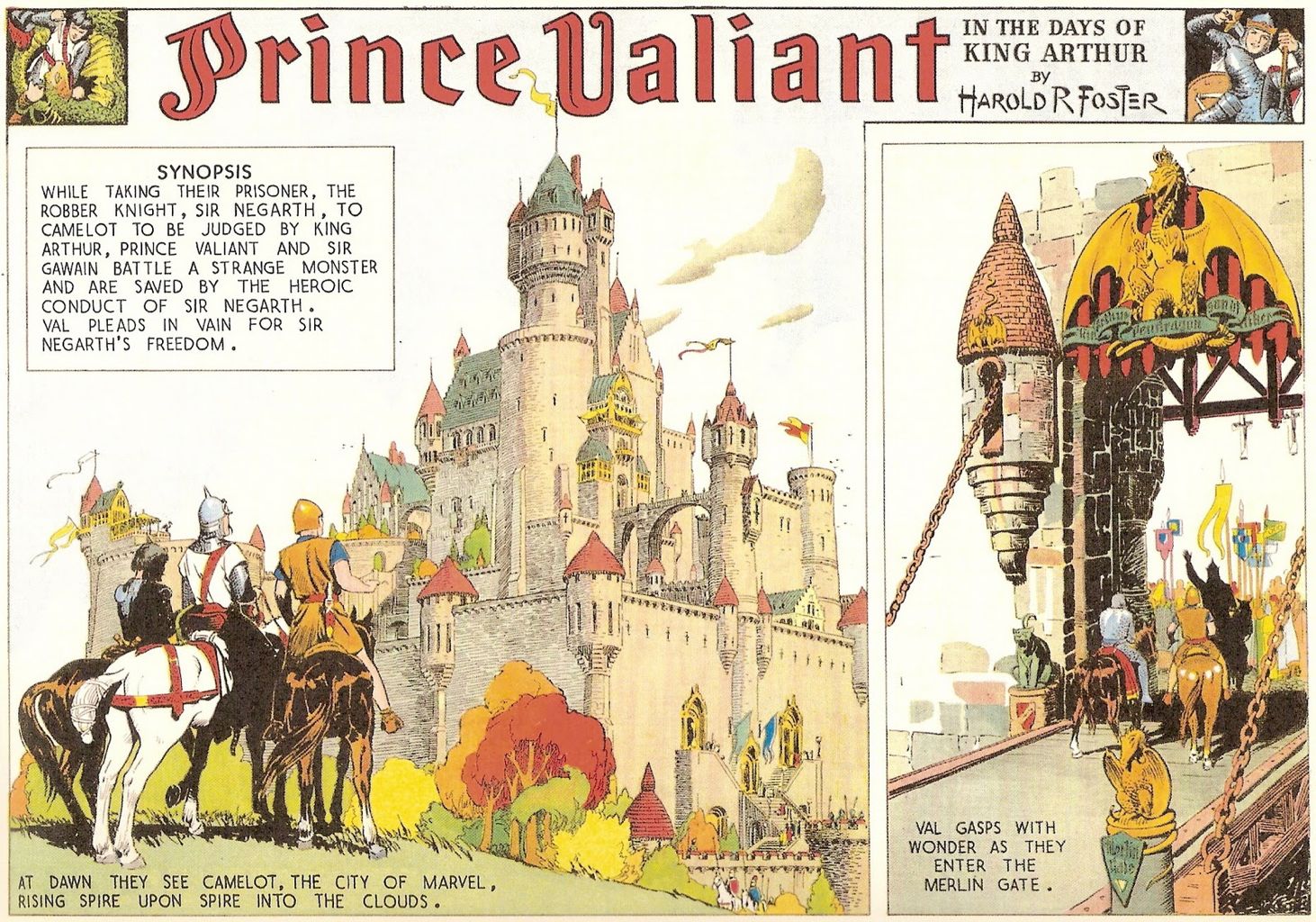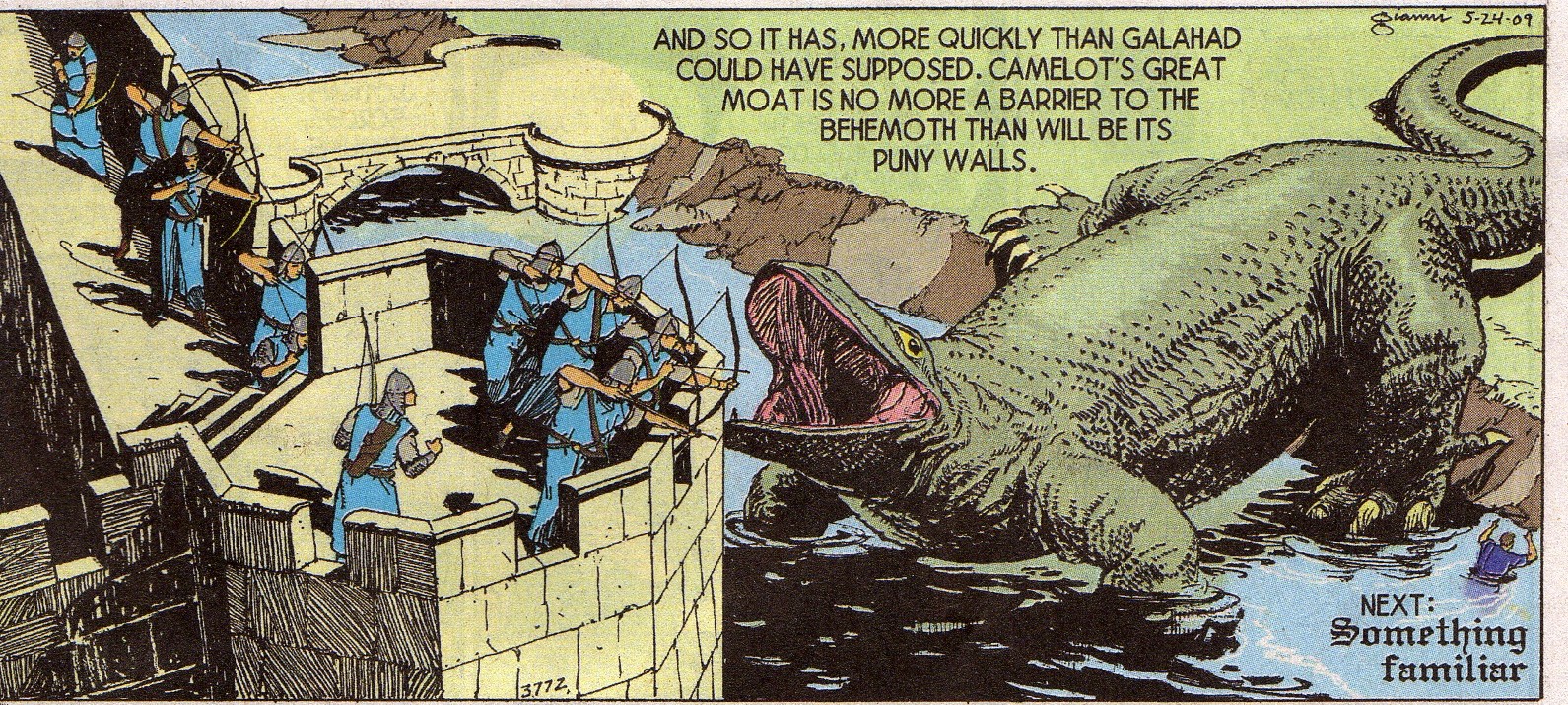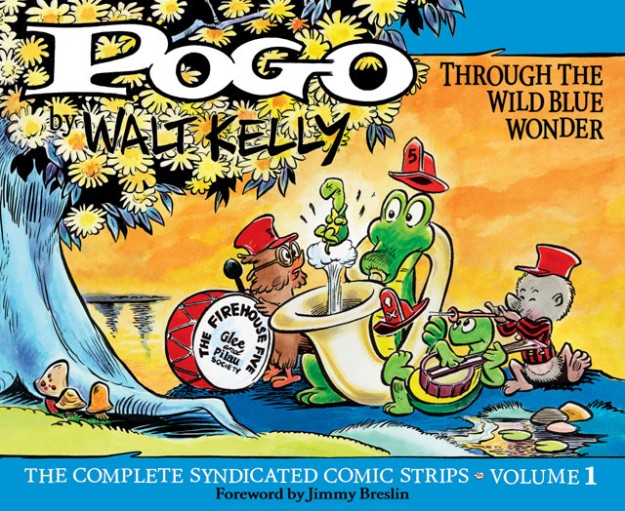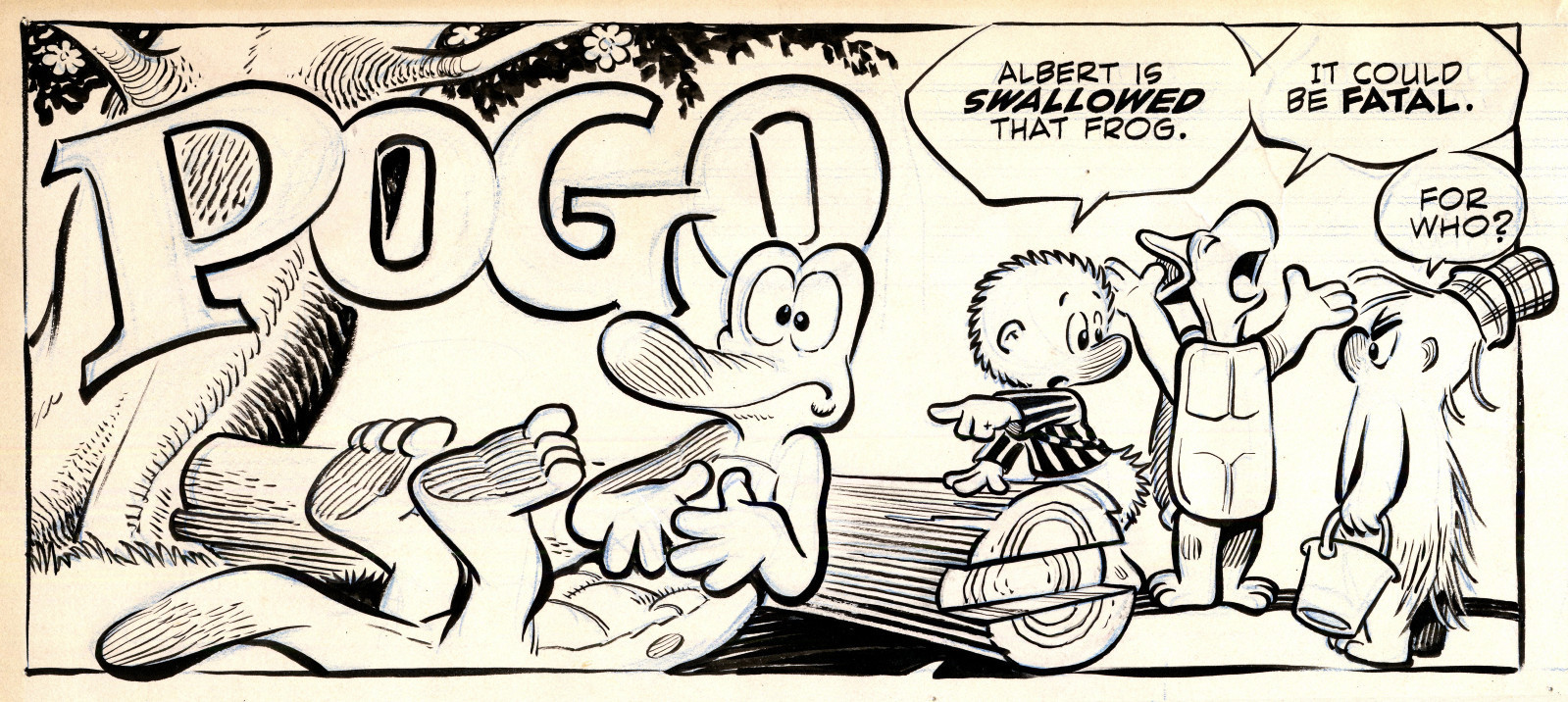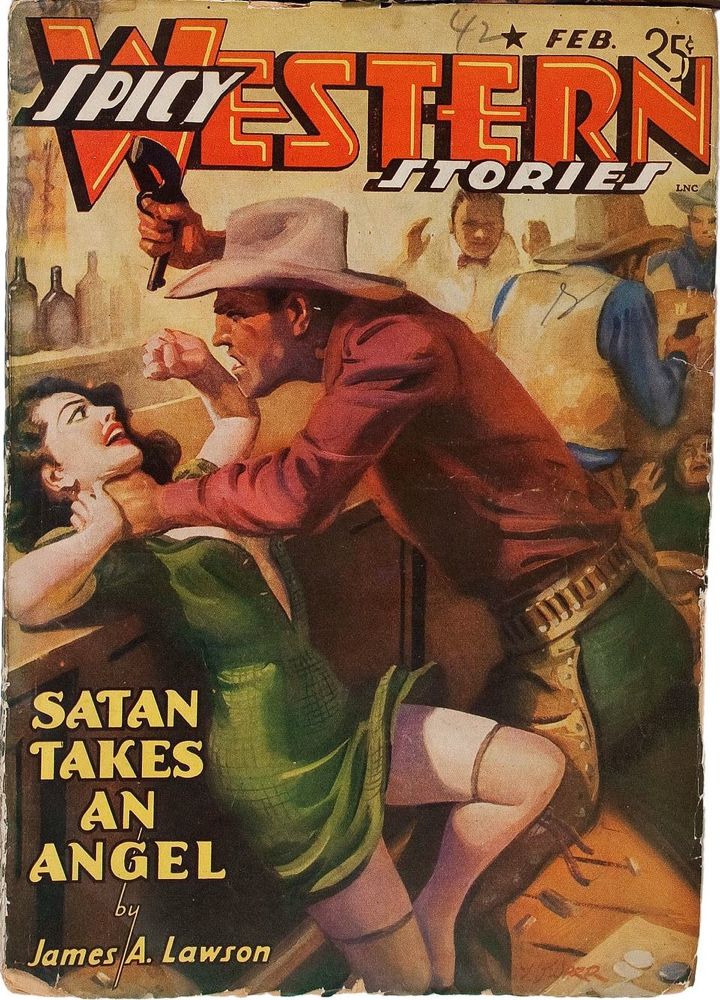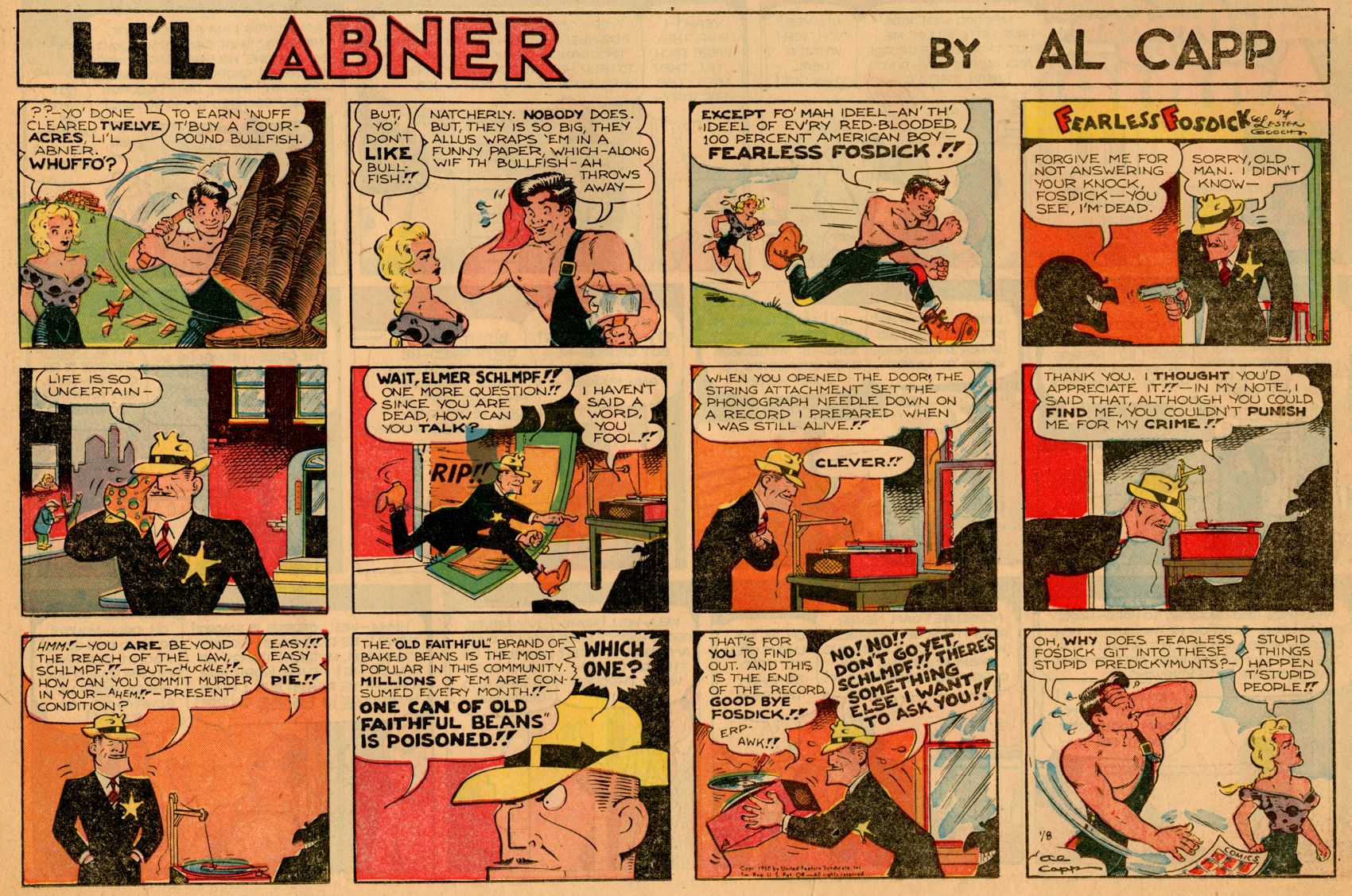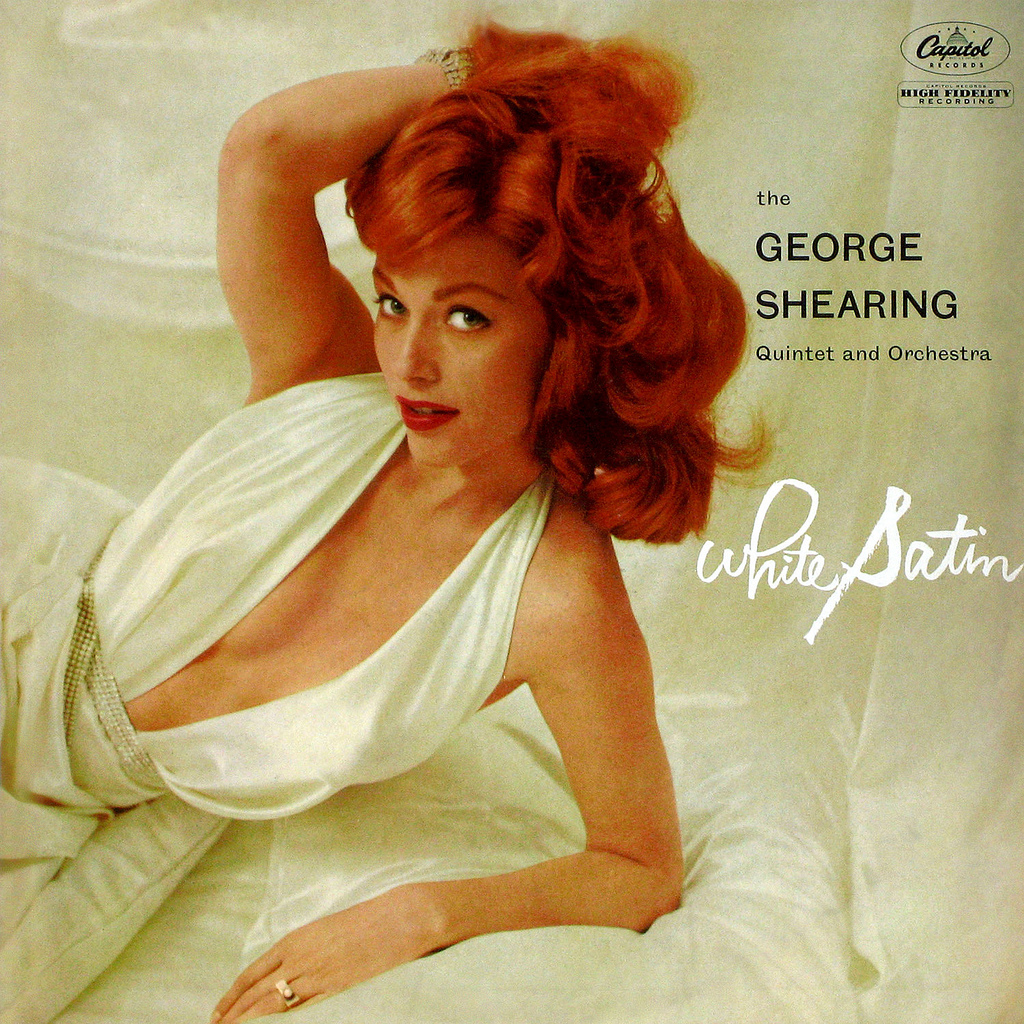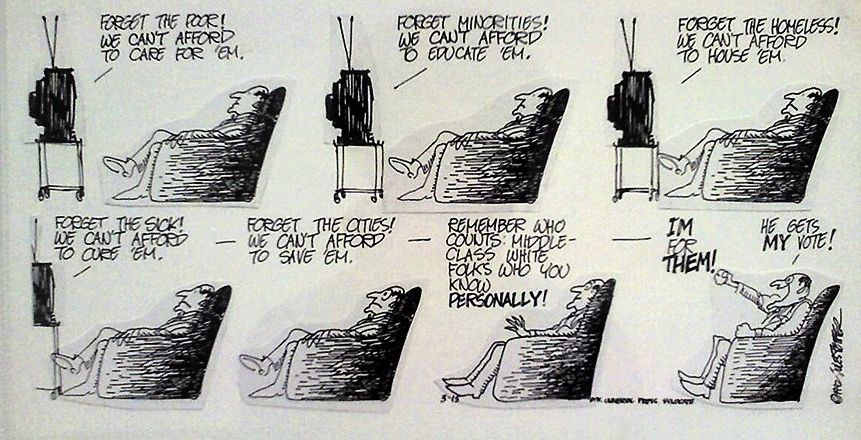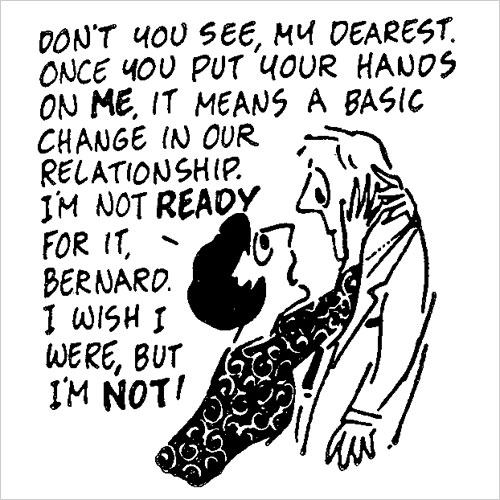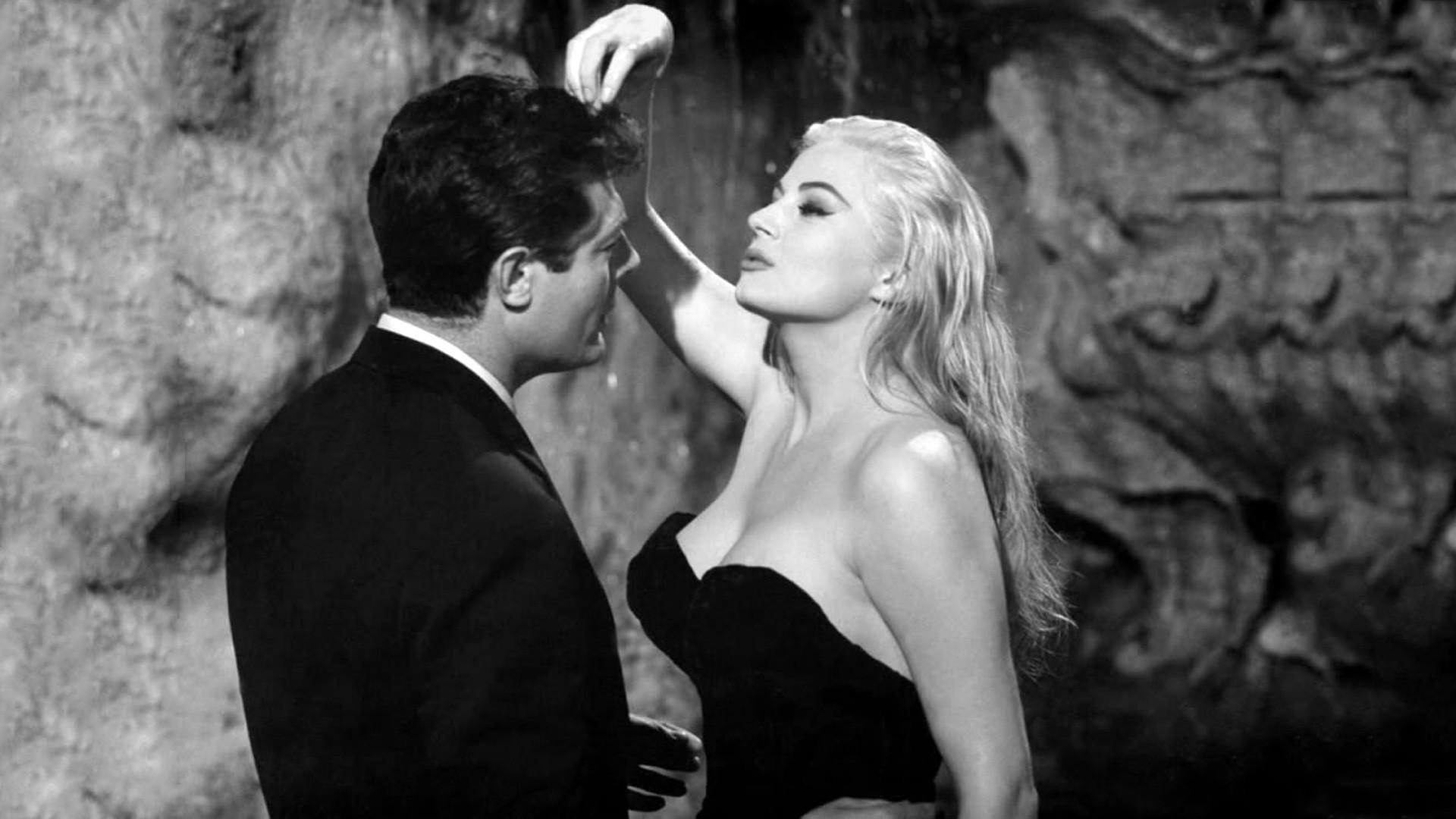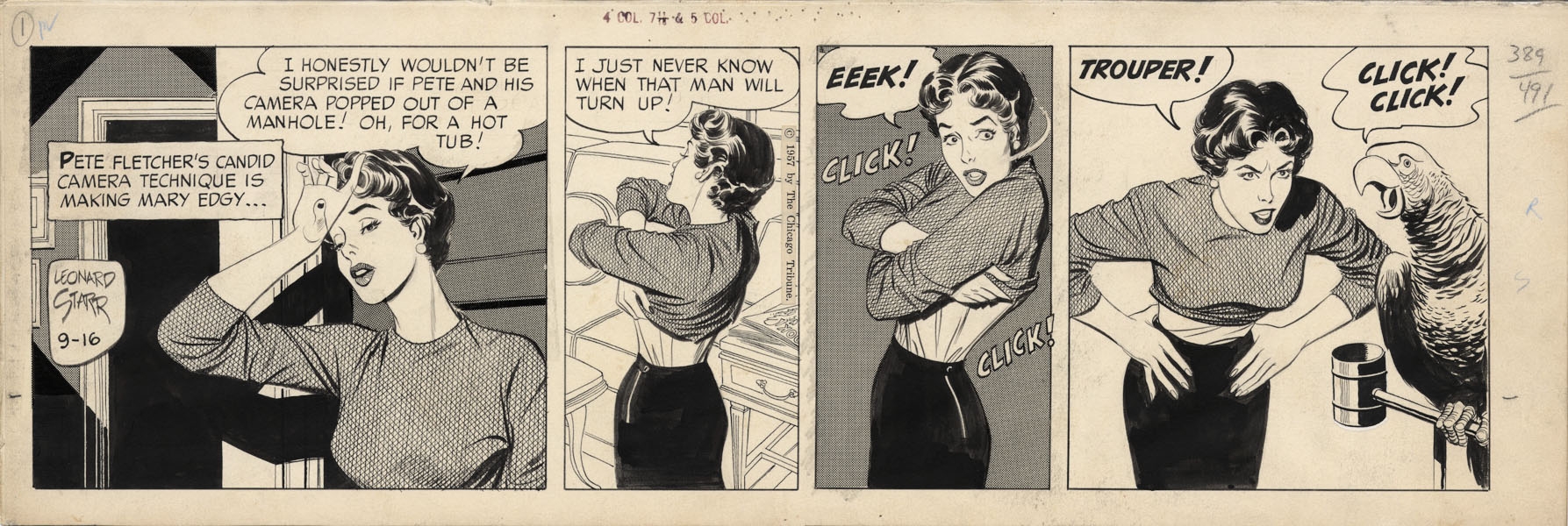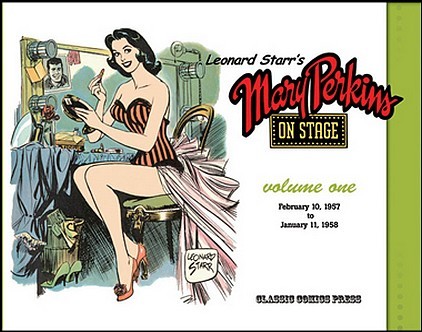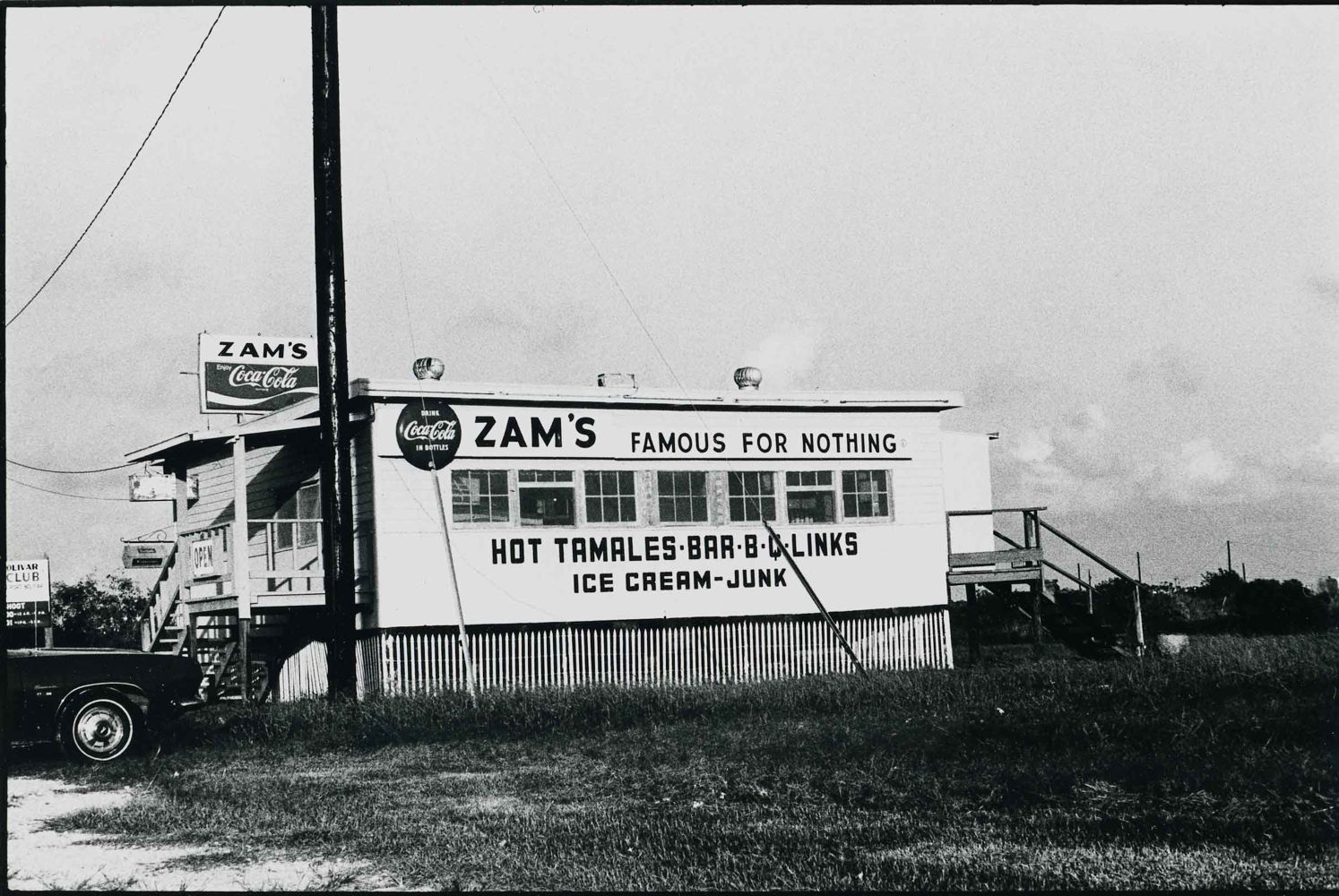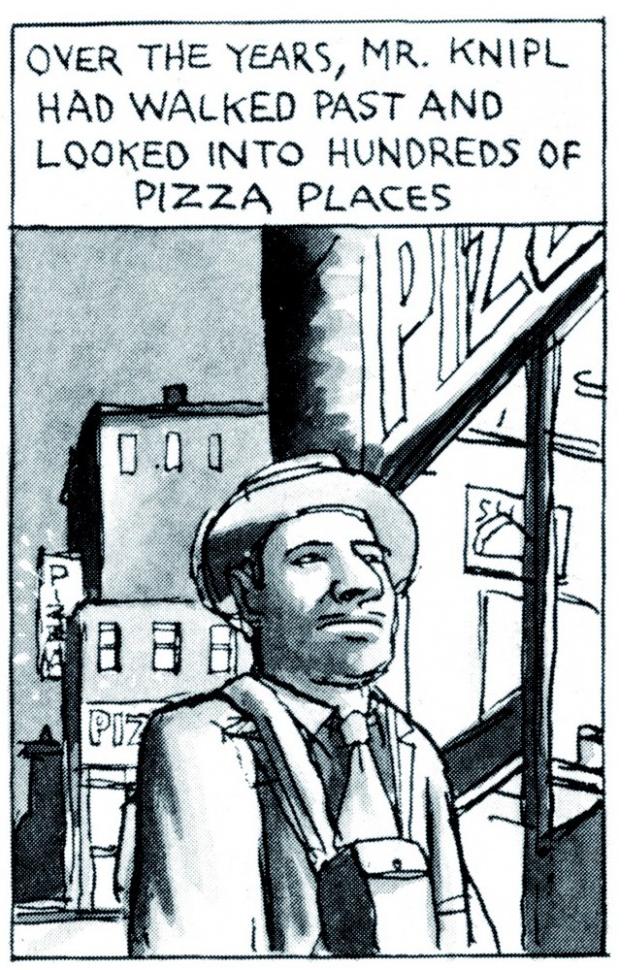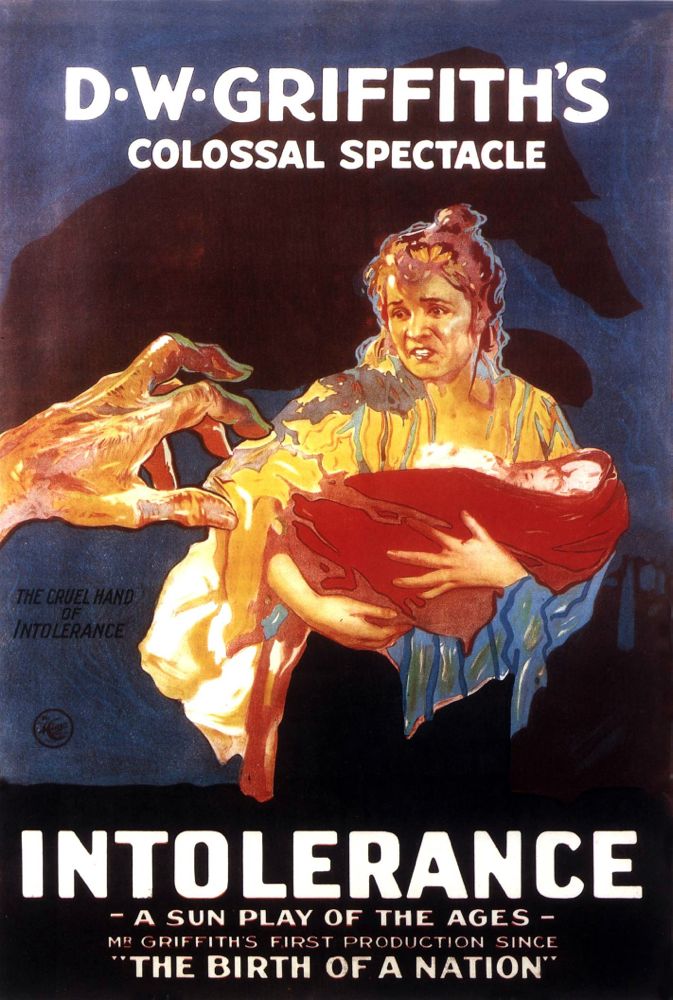With Frank King’s Gasoline Alley we come to one of the genuine glories of the American comic strip, indeed one of the genuine glories of America fiction. It started out in 1918 as a folksy strip poking gentle fun at a group of early automobile enthusiasts — hence its name — but it changed utterly in 1921 when its central character Walt Wallet found a baby abandoned on his doorstep and decided to raise it as a single parent.
That began a domestic epic that’s still going today — although King turned the strip over to other artists in the 1950s. Walt named his baby Skeezix, and the strip followed Walt and Skeezix in real time as they aged, decade after decade. What emerged was as sweet and humane a portrait of fatherhood and friendship and community as exists in our literature.
Over the years King got more and more ambitious with his Sunday pages — they became at times visual fantasia verging on the abstract, bold and beautiful in their designs and their use of color.
Gasoline Alley transcends the comic strip genre — it’s one of the great American works of art in any medium. King fashioned a vast tapestry of ordinary American life with the love of a father for his son at its center — not one of the usual themes of American art and all the more precious for that.
Click on the images to enlarge.



